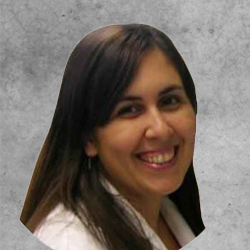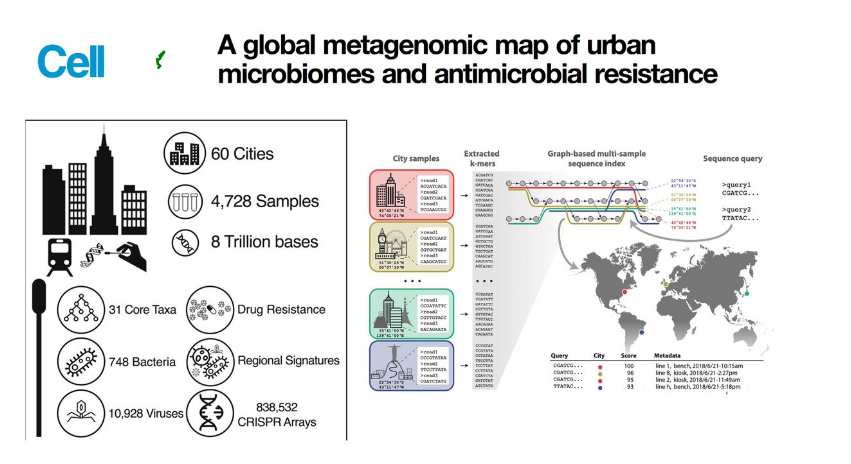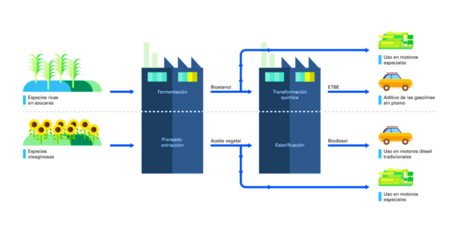Researchers develop a study of the microorganisms present in subway stations in various cities around the world. By: Prof. Alejandra Ratti. Bioengineering Department. Image credits: CNRS NEWS.

Autor: Alejandra Ratti – Full Time Professor – Bioengineering Department
Many times we complain about having to travel on public transport and especially if it is full, but what you don’t know is that in addition to other people, we travel with “invisible” passengers who are along the different routes, stops and are in many cities around the world.
Recently, an international consortium led by researchers from Well Cornell Medicine led an investigation with multiple collaborators around the world to investigate the microorganisms present in subway stations in various cities around the world, the project is known as the MetaSUB.
This collaboration, which continues to develop, has been able to develop an atlas of microorganisms containing data contributed by more than 900 scientists and volunteers in 60 cities on 6 continents. According to the authors of the scientific article published this year in the scientific journal Cel, the work carried out can be summarized according to figure 1:

Although each of the cities has its own microbial profile, it was observed that there is an urban microbiome common to all participating cities. According to the authors of the work, there is equal or greater diversity in these cities than could be found in the tropical forests of the planet. The collection of samples began in 2015. The participants and those in charge of collecting the samples were distributed through the public transport systems of 60 cities, collecting samples between 2015 and 2017.
Different surfaces were swabbed, including turnstiles, handrails, posts of ticket sales and benches included inside the stations and subway vehicles. In those cities where there are no subways, teams focused on buses or train systems. The researchers also collected air samples in the transportation systems of 6 specific cities – New York, Denver, London, Oslo, Stockholm, and Hong Kong – for additional study on the air microbiome. A study recently published in the scientific journal Microbiome, once the samples were collected, they were processed and sequenced to obtain the DNA information and, from this, identify the species found. In total, across all the analyzed surfaces, 4226 known species of microorganisms were found, two thirds of these were bacteria, while the rest were a mixture of fungi, viruses and other microbes.
There were also 10,928 viruses and 748 types of bacteria that had not been documented, since their DNA sequences were not found in any existing database. The vast majority of these organisms do not pose any risk to humans, almost all the new viruses found are probably bacteriophages, viruses that infect bacteria. Genomic sequencing was unable to distinguish between living and dead organisms, and no environment is known to be sterile. In fact, our bodies depend on a dynamic community of microbes to function properly. One of the conclusions reached by the study is that most of these microorganisms are probably not pathogenic, they could even be innocuous and some of them even beneficial.
The study continues and its progress can be seen on the website: http://metasub.org/
Bibliography: 1. Danko et al., A global metagenomic map of urban microbiomes and antimicrobial resistance, Cell (2021), https://doi.org/10.1016/j.cell.2021.05.002
2. Leung, M.H.Y., Tong, X., Bøifot, K.O. et al. Characterization of the public transit air microbiome and resistome reveals geographical specificity. Microbiome 9, 112 (2021). https://doi.org/10.1186/s40168-021-01044-7




